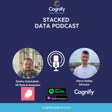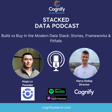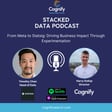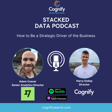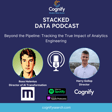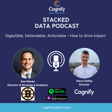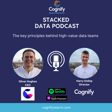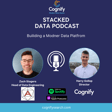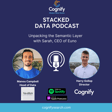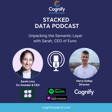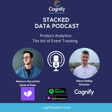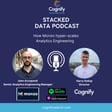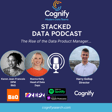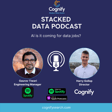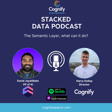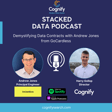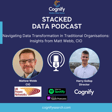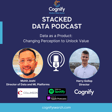
027 - Analytics by Design – Building Data-Driven Products from Day One
In today's fast-moving, data-driven world, embedding analytics from the start... rather than as an afterthought, is becoming essential. But what does it really mean to design analytics into the DNA of a business process?
Have you ever had a stakholder launch a new product and then come to see you as a data team to see how its performing and what the key metrics are? I bet you have, Analytics by design is the process of ensuring data team is at the table from day one to drive the best practices and understand the right metrics
In the latest episode of the Stacked Data Podcast, I sit down with @Barbora Spacilova, Product Data & Insight Manager at @NMI, to dive into Analytics by Design—why it matters, how to implement it, and the challenges that come with it.
🔥 𝚆̲𝚎̲ ̲𝚌̲𝚘̲𝚟̲𝚎̲𝚛̲:̲
✅ Why ‘Analytics by Design’ is a game-changer for modern businesses
✅ How to align data strategy with business goals from day one
✅ Real-world examples of companies doing this right
✅ The biggest pitfalls to avoid & how to measure success
If you're in data, product, or analytics, this one's for you! 🎧
